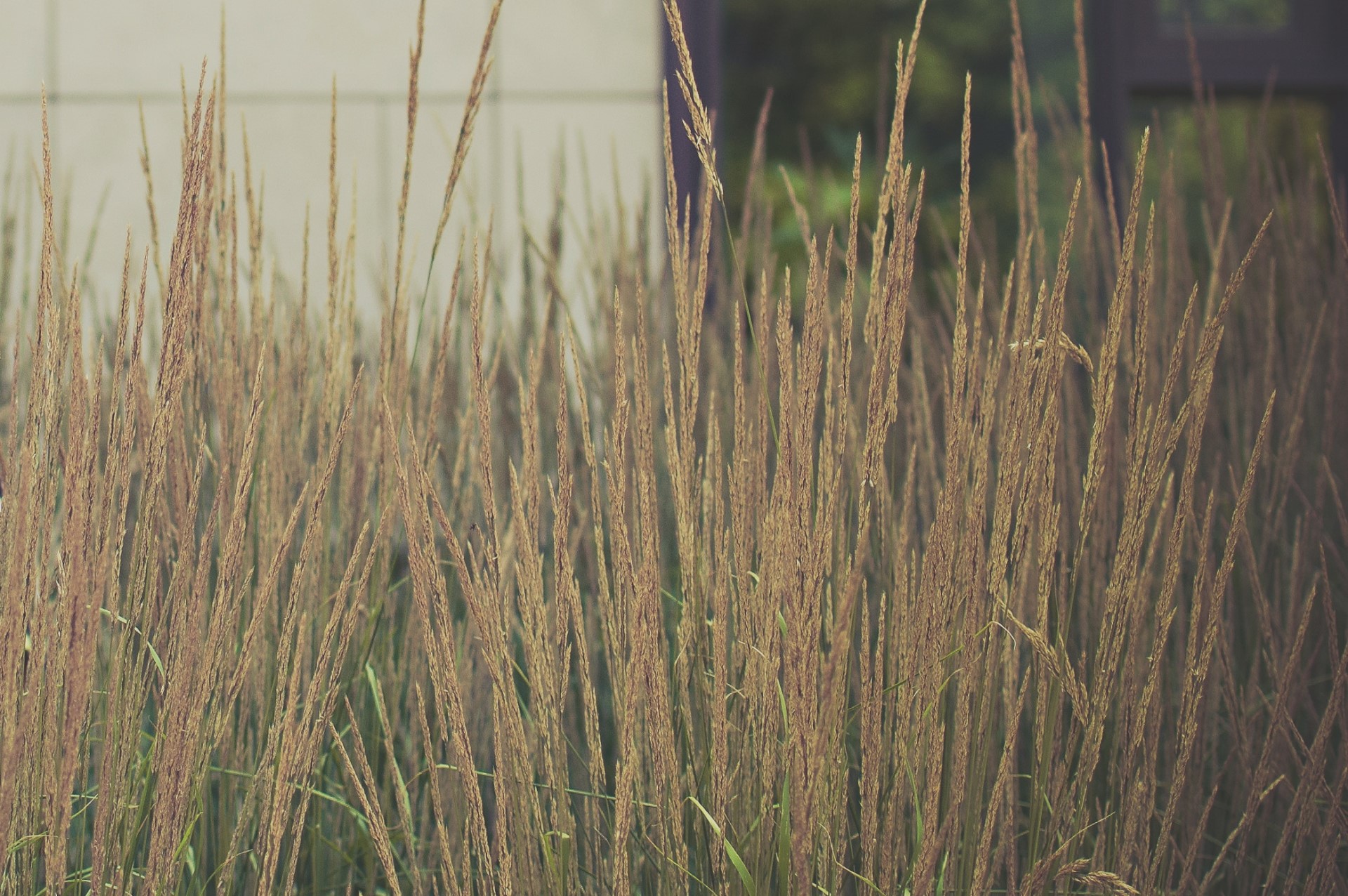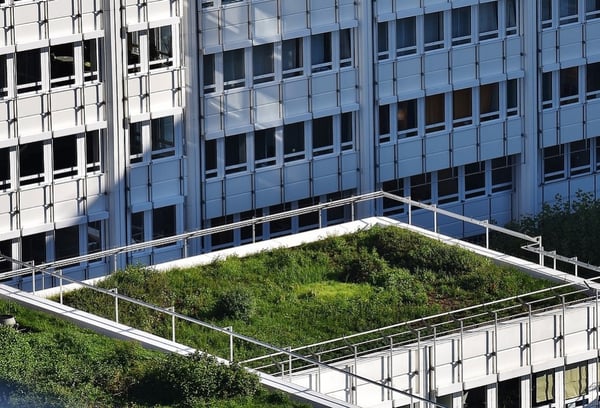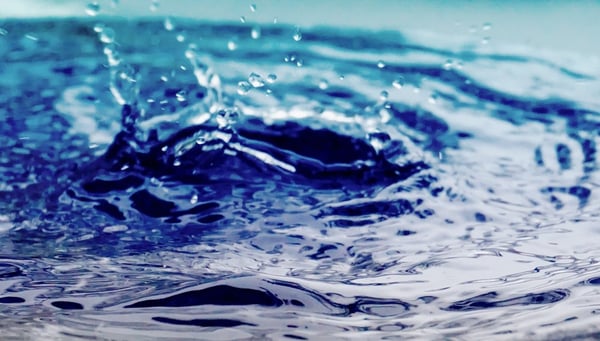
Stormwater solutions come in many forms, but they share the goal of keeping more stormwater on site and purifying the runoff that does eventually leave.
Raise your hand if you watched FernGully: The Last Rainforest as a child. With your children also counts. So does alone, as an adult, with a glass of wine in hand, just for fun.
Point being, if you watched it, you’re familiar with a nasty little character named Hexxus, the personification of pollution. (Side note: Should children really be watching this?)
Now change his name to Stormwater, and you have a pretty accurate representation of how we feel about this urban annoyance.
Scratch annoying, actually. Stormwater runoff and the pollution it carries into streams and waterways are more than a nuisance; stormwater is downright evil. Eroding streambanks, spreading disease and carrying metropolitan toxins far afield, it is at the top of our must-manage priority list.
We’re taking it seriously. Here are a few stormwater solutions we’re looking into today.
Green Roofs: Our Top Stormwater Solutions

Green roofs are one of the best systems for detaining and retaining water on site.
Both extensive green roofs, between 3 and 6 inches, and intensive green roofs, between 6 and 24 inches, are effective tools for managing stormwater onsite, whether in the form of rain or snow. With a waterproofing membrane to protect the building and a drainage mat to funnel water away, the roofing envelope is safe.
Now add plants, growing media (soil or otherwise) and an optional water retention layer, and you have considerable moisture-holding capacity.
Now, when rain falls from the sky, it is significantly slowed (and cleaned!) by the process of filtering through plant roots, soil and drainage layer … if it ever reaches the street at all. In many cases, it stays right there on the roof and is breathed back into the atmosphere via evapotranspiration.
Add in solar panels for energy production or weather monitoring stations for research and publicity purposes, and your green roofs can do double or even triple duty.
Blue Roofs: A Halfway Stormwater Solution
 “Blue roofs, also known as controlled flow roof drain systems, are detention stormwater management practices (SMPs) that provide temporary storage and slow release of rainwater on a rooftop,” explains the Philadelphia Water Department, adding that blue roofs work on both flat and mildly sloped surfaces.
“Blue roofs, also known as controlled flow roof drain systems, are detention stormwater management practices (SMPs) that provide temporary storage and slow release of rainwater on a rooftop,” explains the Philadelphia Water Department, adding that blue roofs work on both flat and mildly sloped surfaces.
“On blue roofs, water is temporarily detained on the roof surface using rooftop check dams or roof drain restrictors. In all cases, outflow is controlled using orifices prior to discharge, which is typically directed to the building’s storm drains, scuppers, or downspouts.”
While they do achieve the goal of preventing stormwater from leaving the site during peak runoff, blue roofs are not the best solution for a few reasons. One, that water still heads to ground level eventually, which is less likely when plants are there to help transpire it into the air
Two, once it reaches the street, it has undergone no filtration (or relatively little) compared to water coming off a green roof. Nevertheless, in situations where a green roof is impossible, blue roofs are a nice stopgap.
Alternative Green Infrastructure for Stormwater Solutions
Of course, green and blue roofs aren’t the only stormwater solutions available. In some areas, such as more suburban neighborhoods, they’re not even the best ones, because there aren’t a lot of available flat rooftops around.
In these spaces, we love systems that manage stormwater at surface level, such as:
- Bioswales: These gently sloped drainage ditches are covered with plants (preferably of the native persuasion) and lead to a drainage point, filtering and absorbing water along the way.
- Rain gardens: Rain gardens are ecosystems made of water-loving plants and absorbent growing media that suck up moisture onsite.
- Rainwater collection barrels or cisterns: Either underground or above it, these rainwater harvesting systems store water until it’s needed for watering the garden or another application.
Of course, these aren’t the only stormwater solutions available. If you’d like to learn more, we invite you to get in touch with us here at Ecogardens. We love nothing more than discussing stewardship, green roofs and other ways to create healthier cities.
Don’t wait any longer to call or email today.

